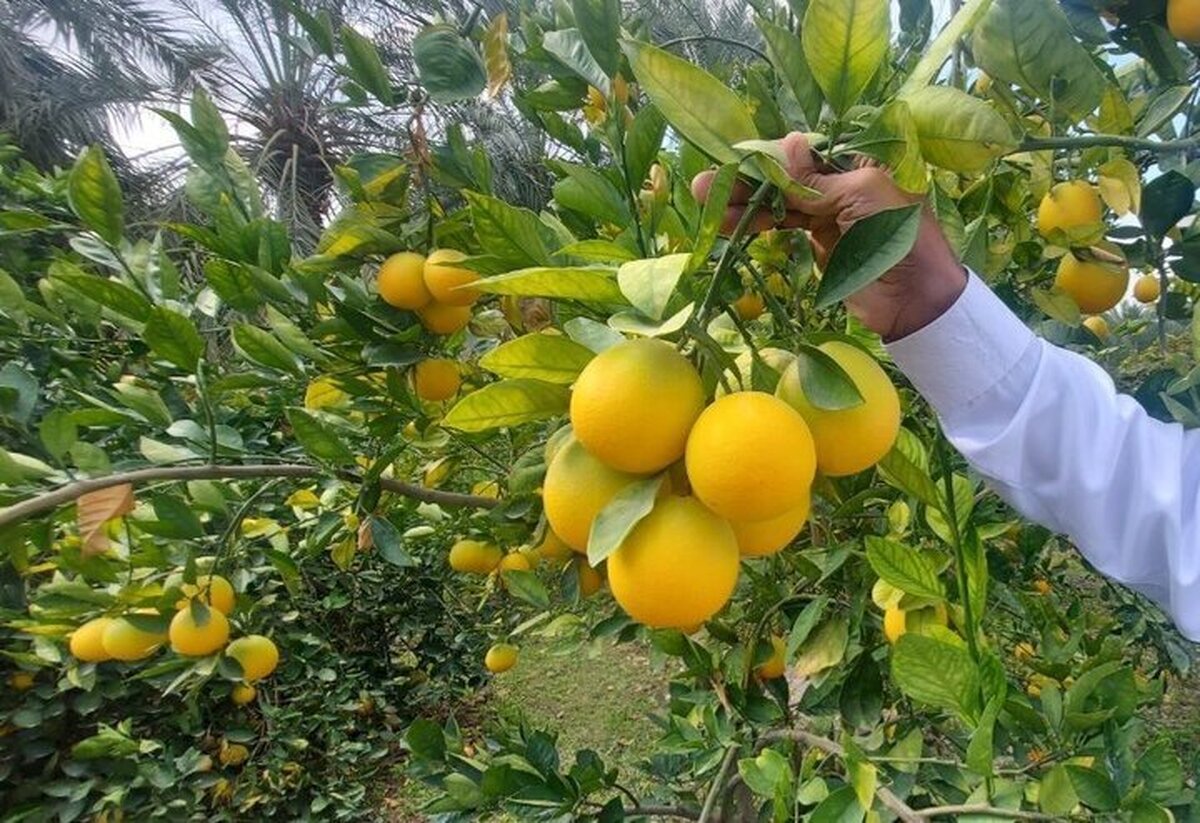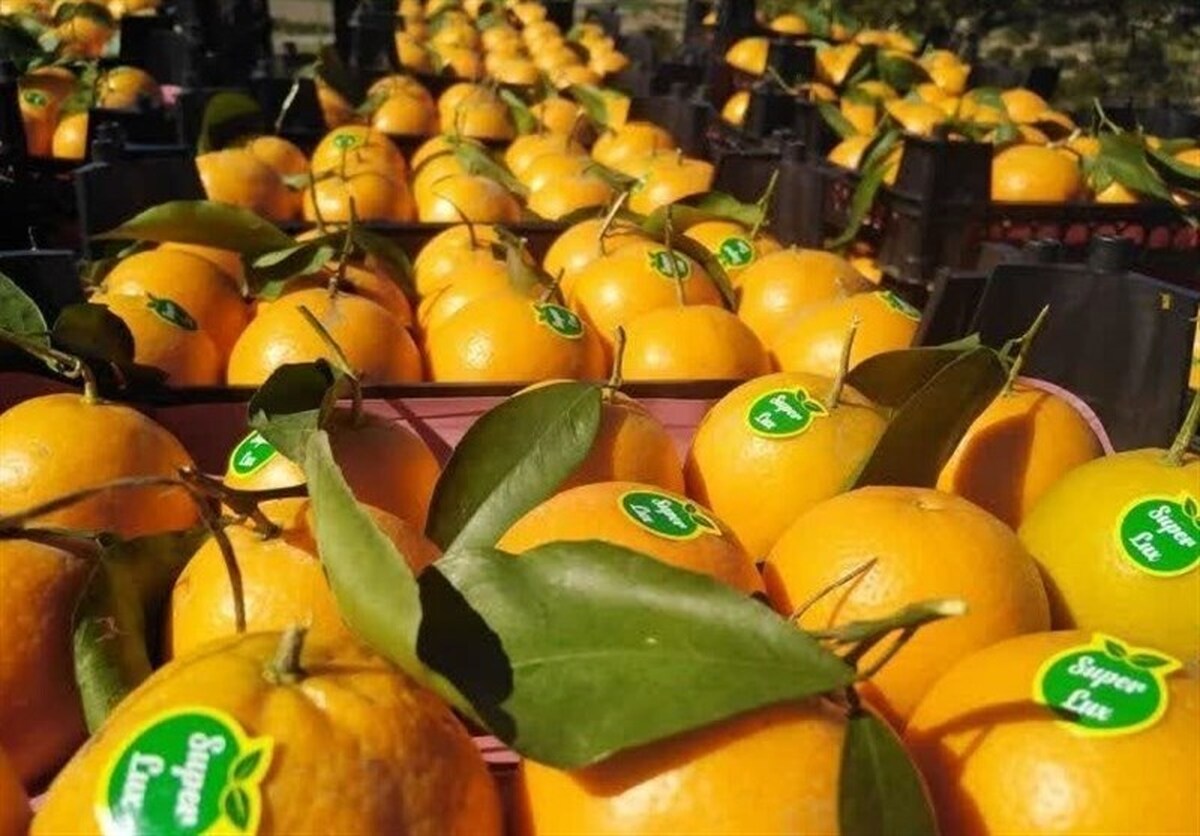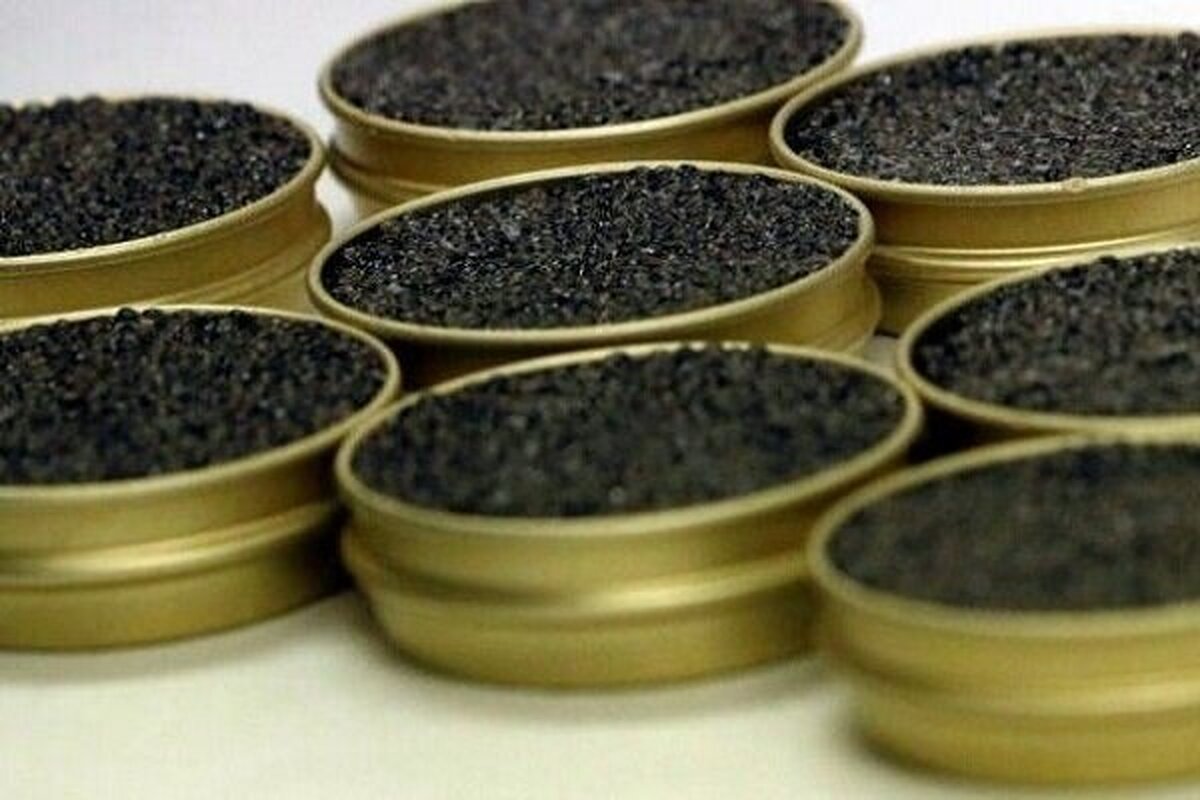
Mazandaran Caviar Exports Earn Over $530,000 Since March
EghtesadOnline: A total of 1,029 kg of caviar worth $532,000 have been exported from the northern province of Mazandaran since the beginning of the current Iranian year (March 19, 2020).
“The figures indicate a 15% growth compared with the corresponding period of last year. The UK, Qatar, Azerbaijan, Russia and the UAE were the main export destinations of Iranian caviar during the period,” Hossein Es’haqi, the head of Mazandaran Fisheries Organization, was quoted as saying by IRNA.
“Total seafood exports saw a 37% increase in the nine-month period to Dec. 20, 2020, but the closure of export terminals to some destinations during the month ending Jan. 19 resulted in a decline in exports,” he added.
The northern Iranian province exported 11,240 tons of different types of seafood worth $35.87 million during the last fiscal year (March 2019-20), registering a 60% and 21% increase in weight and value respectively compared with the year before.
The Islamic Republic of Iran Customs Administration data show a total of 1.21 tons of caviar worth $624,294 were exported from Iran during the eight months to Nov. 21.
The European Union member states accounted for more than 68% of Iran’s caviar exports during the eight-month period.
Germany was the leading importer of Iranian caviar, importing $113,000, followed by Belgium with $106,000 and Japan with $81,033.
The United Kingdom, the UAE, Netherlands and Spain came next.
Exports picked up during the eighth month of the Iranian year (Oct. 22-Nov. 21), when $187,154 worth of the delicacy were shipped out of the country.
According to IRICA, the average price of Iranian caviar stood at $514.5 per kilogram during the eight months to Nov. 21.
Farmed caviar accounted for around 500 kilograms of Mazandaran Province’s overall seafood exports during the same eight months under review, indicating a 52% year-on-year rise.
A total of 7,832 tons of seafood worth $16.7 million tons were exported from the northern province during the period, showing a 40% increase in value compared with the similar period of last year, according to Es’haqi.
With around 3,450 aquaculture farms, Mazandaran is considered Iran’s farmed seafood production hub. The province has more than 3,000 warmwater fish, 276 coldwater fish and 14 sturgeon production farms.
A total of 2,500 tons of sturgeon meat and 10 tons of farmed caviar were produced in the last Iranian year that ended on March 19, according to Hossein Abdulhay, the deputy head of Iran's Fisheries Organization for aquaculture affairs.
Noting that demand for sturgeon fry stands at 1-2 million annually, the official said, “Demand has always outweighed sturgeon fry output. However, the recent entry of private sector players in sturgeon production has solved this problem in the current year.”
Abdulhay announced that total pond area devoted to shrimp farming was 12,336 hectares last year, of which the country produced 46,000 tons of shrimp last year, IRNA reported.
The Caspian littoral states have decided to extend the ban on breeding sturgeons for commercial purposes until the end of 2020. The ban has been in place since 2011.
As per the agreement, sturgeons can only be harvested for research purposes.
Caspian Sea, to the north of Iran, is the world’s primary and largest habitat of the beluga, the most famous sturgeon species, as well as four other sturgeon species.
However, the deteriorating condition of Caspian Sea has long been threatening this fish with extinction. The declining sturgeon population and the ban on their fishing have caused a downtrend in Iran’s caviar exports.
Studies show that most of the world’s sturgeon spawn in the rivers flowing into the Caspian Sea.
Iran has some of the harshest laws on poaching the fish while authorities have sought to persuade other countries in the region to implement similar regulations to protect the fish.
The long, prehistoric fish, whose glittery, bead-like eggs make the choicest caviar, had been driven nearly to extinction by overfishing.
Now, dozens of Iranian producers are raising sturgeons legally on fish farms.
A memorandum of understanding was recently signed between the head of Iranian National Commission for the United Nations Education, Scientific and Cultural Organization, Hojjatollah Ayyoubi, and CEO of the Specialized Agricultural Services Holding Company, Mohammad Mojabi, to found Iran’s National Caviar Museum.
The museum will be located in the city of Kiashahr in the northern Gilan Province, Mehr News Agency reported.
As per the MoU, the two sides will cooperate in international issues related to caviar and enter into collaboration in compiling the oral history of the Caspian Sea caviar.




